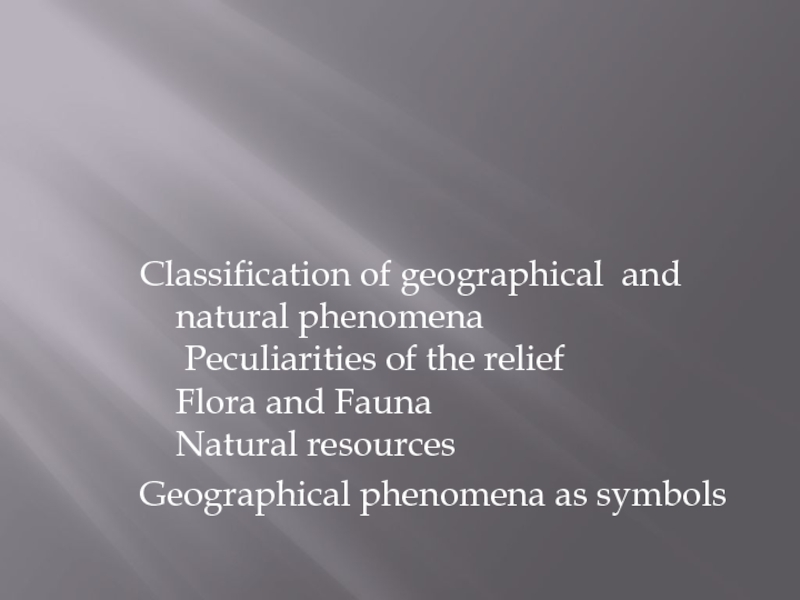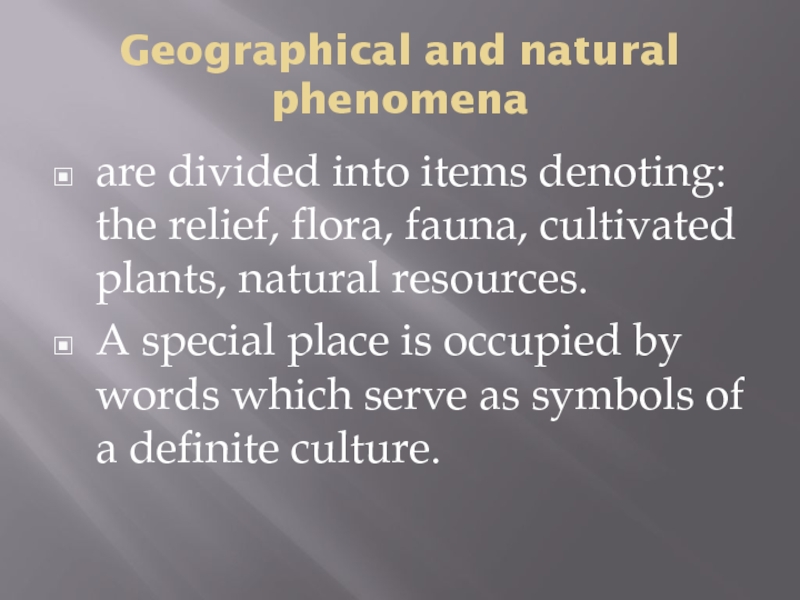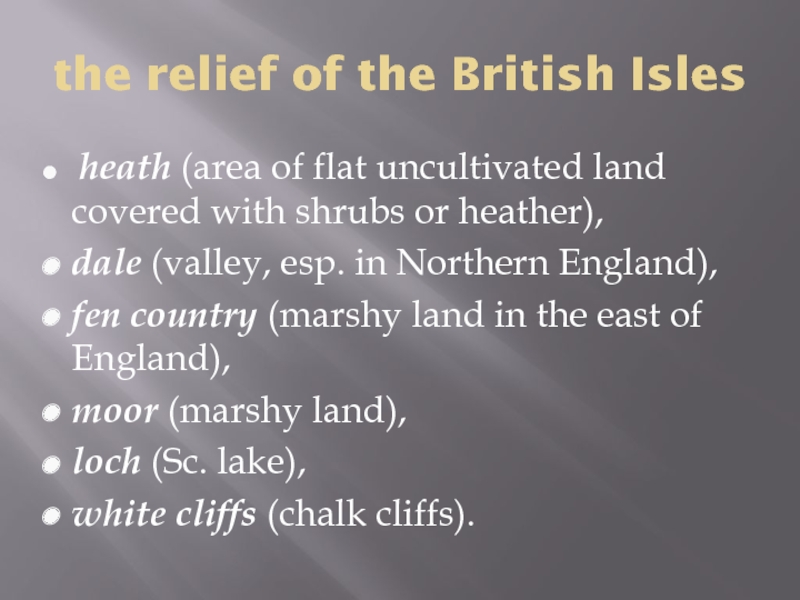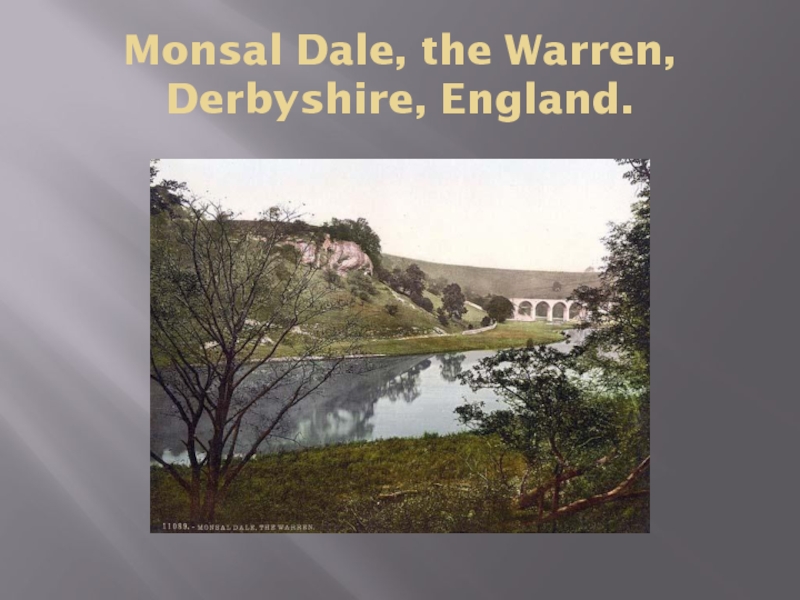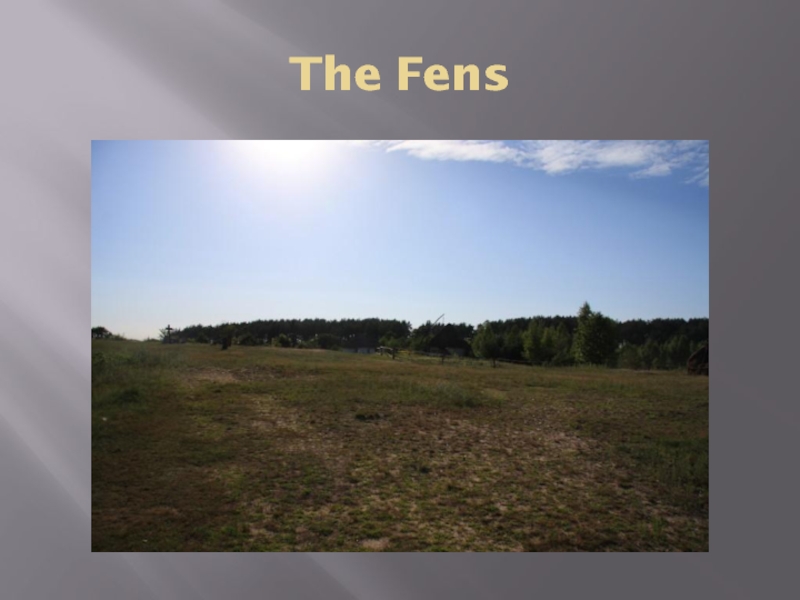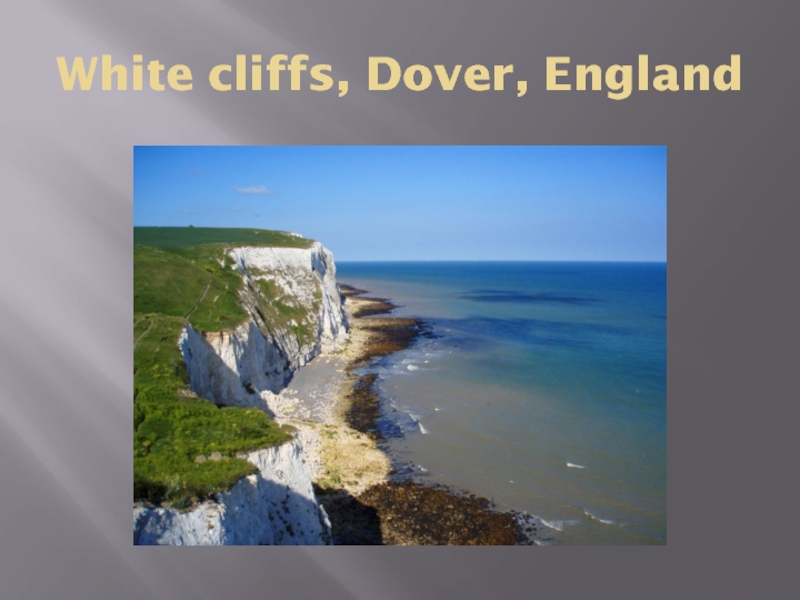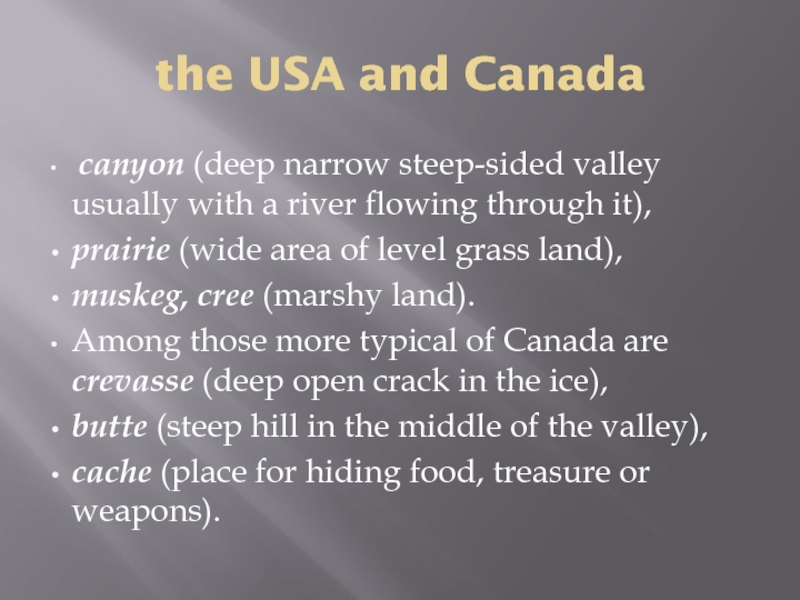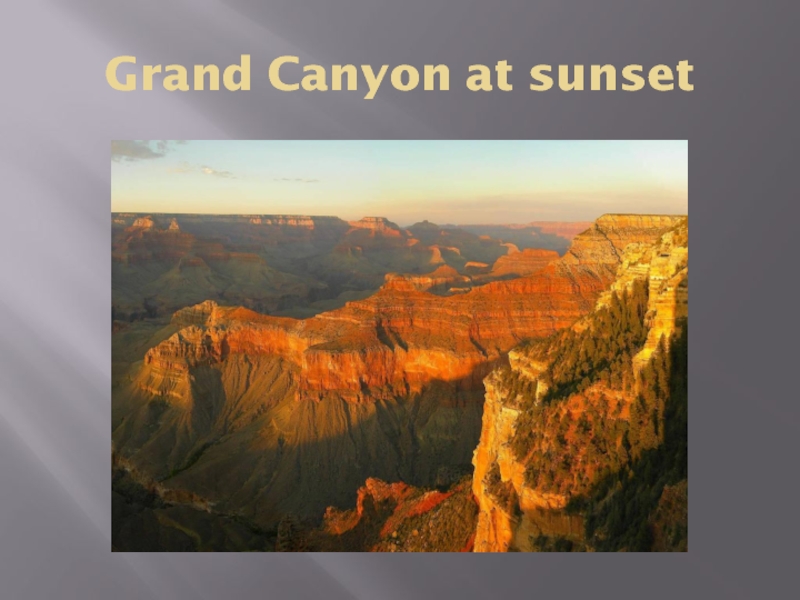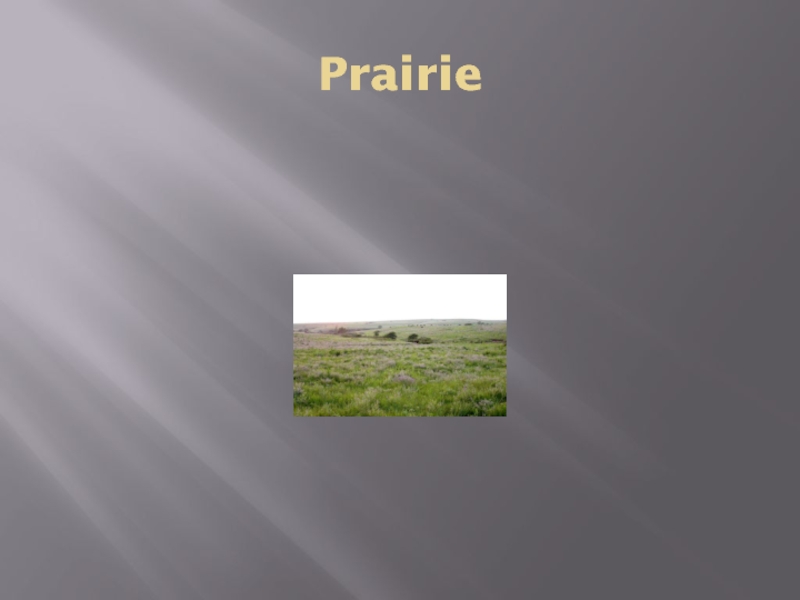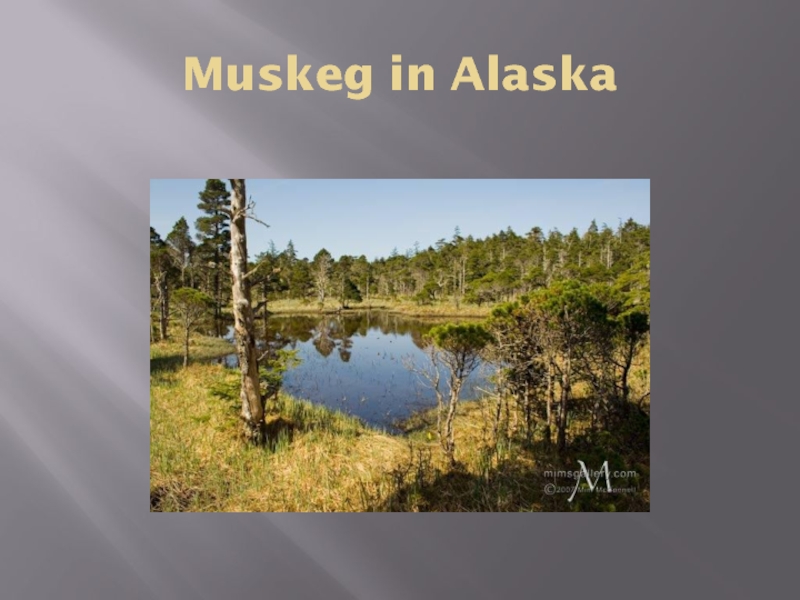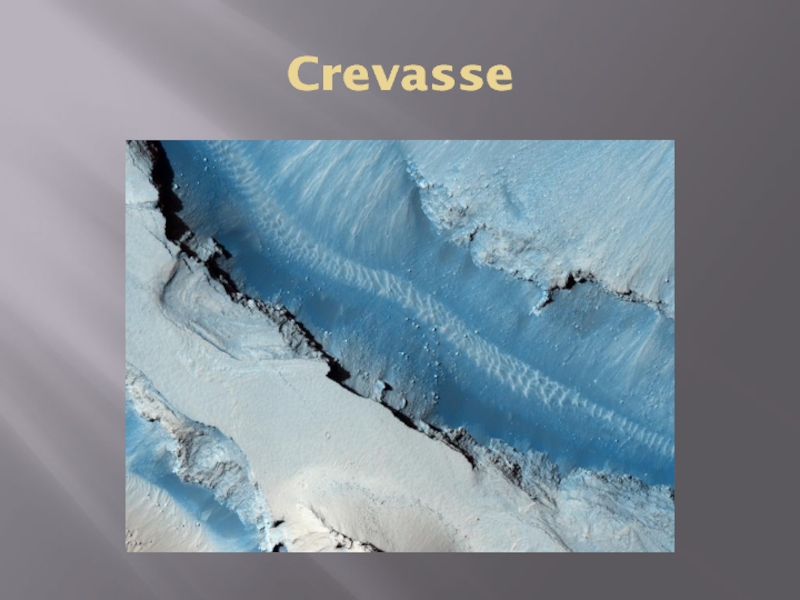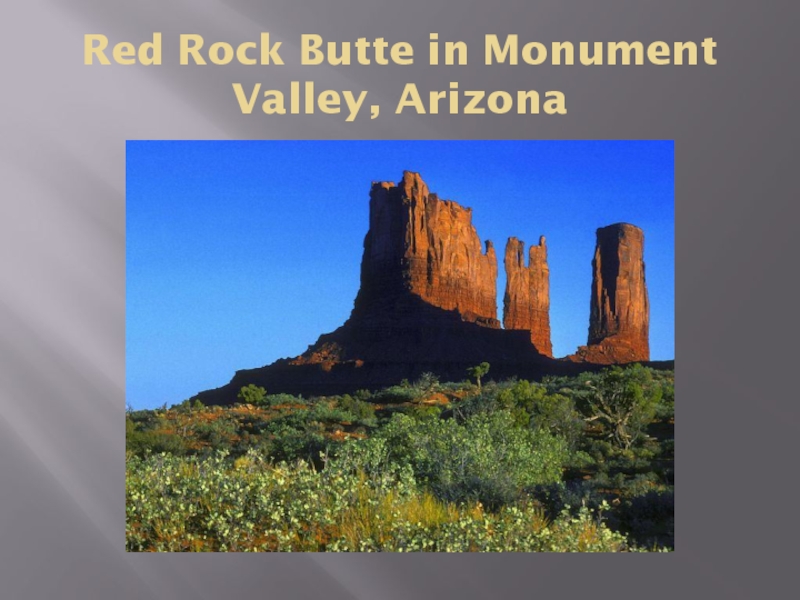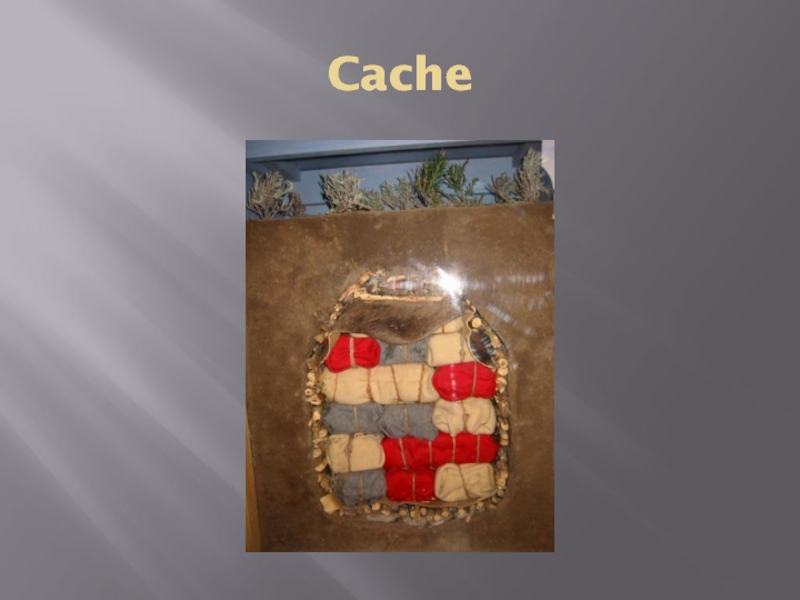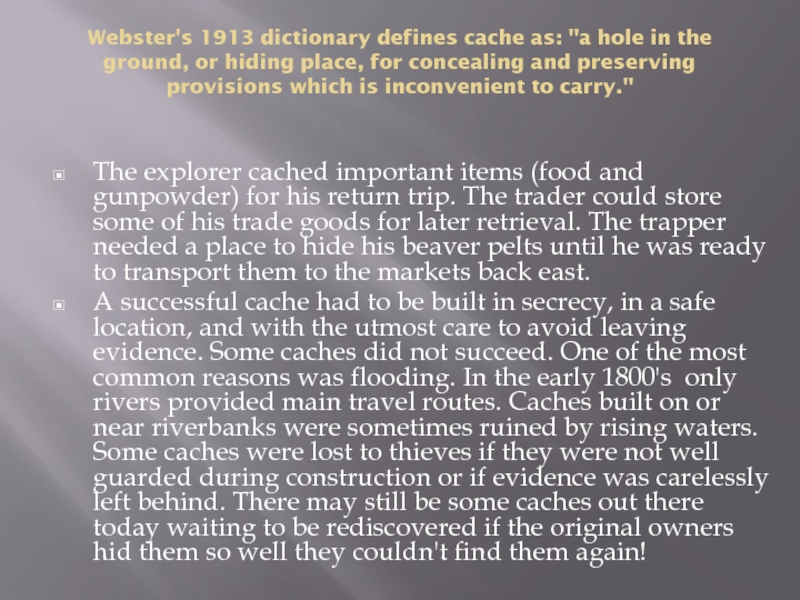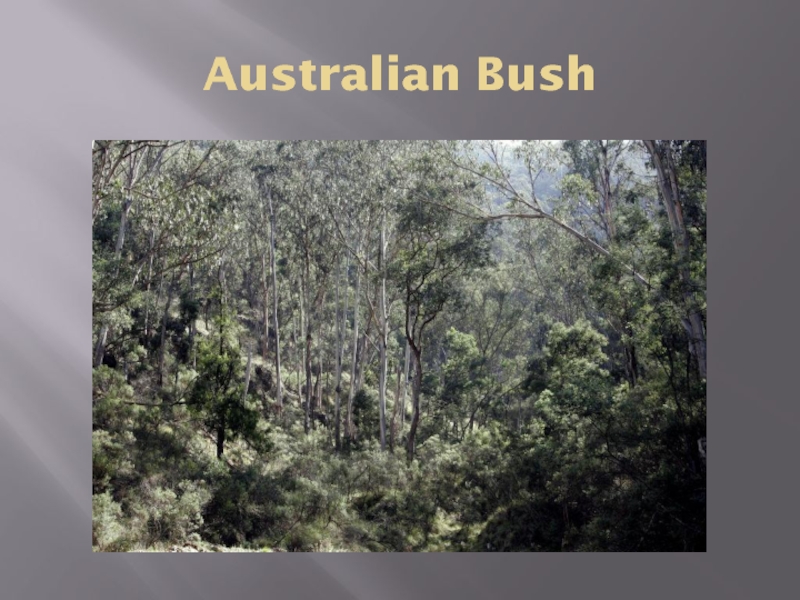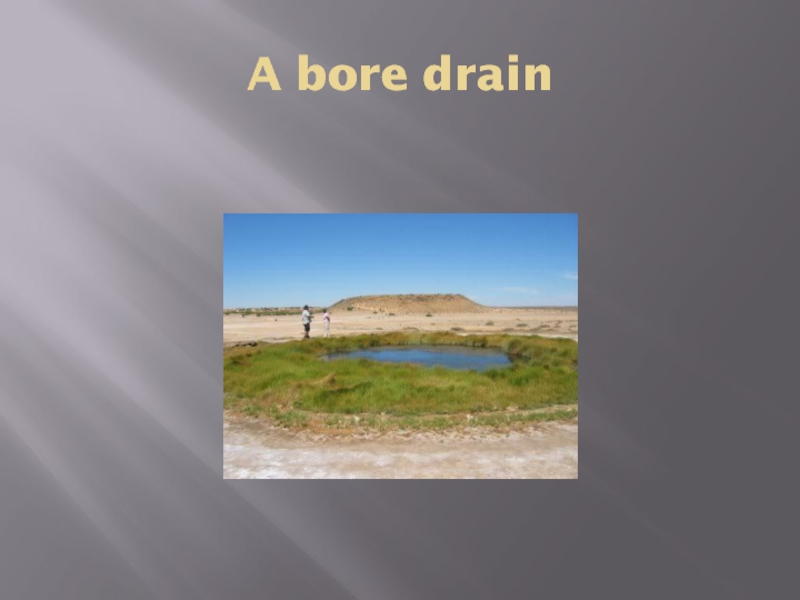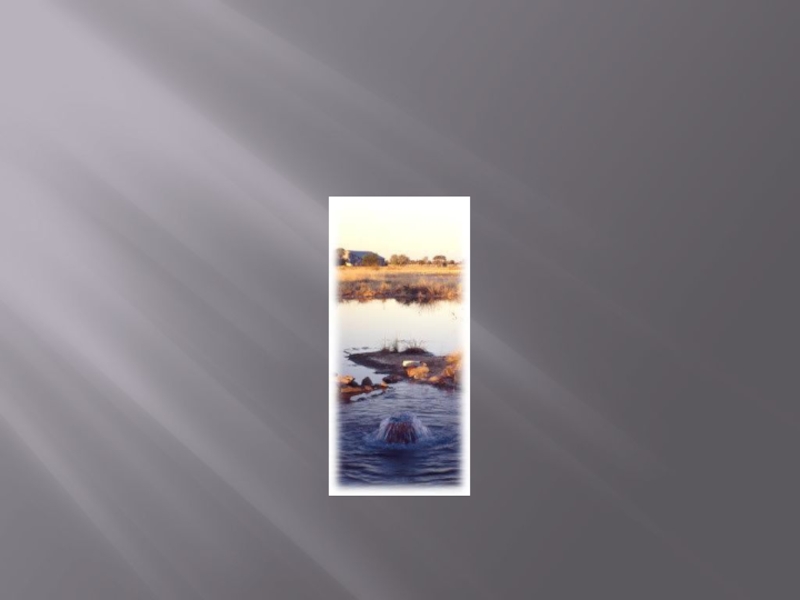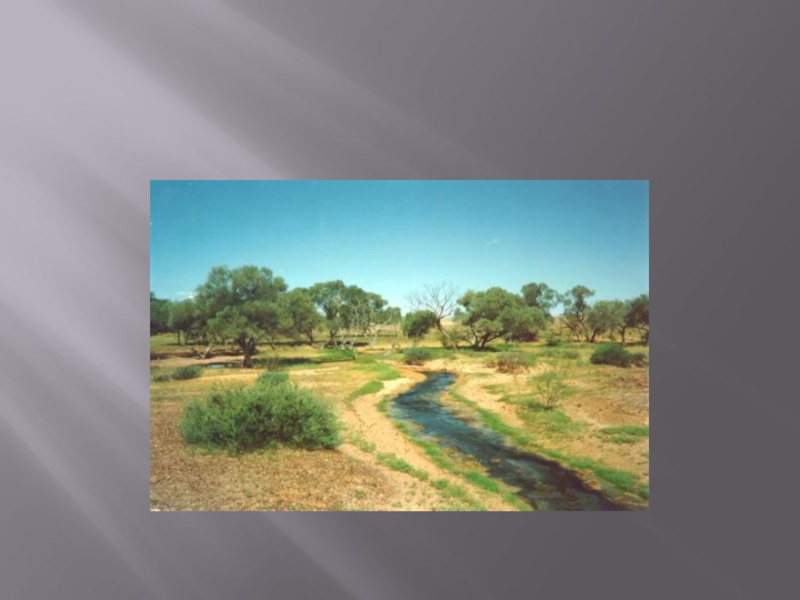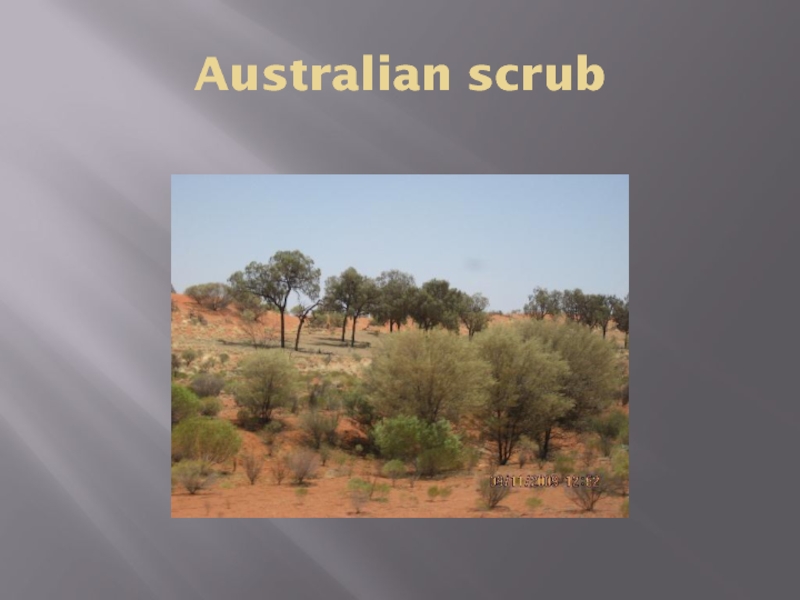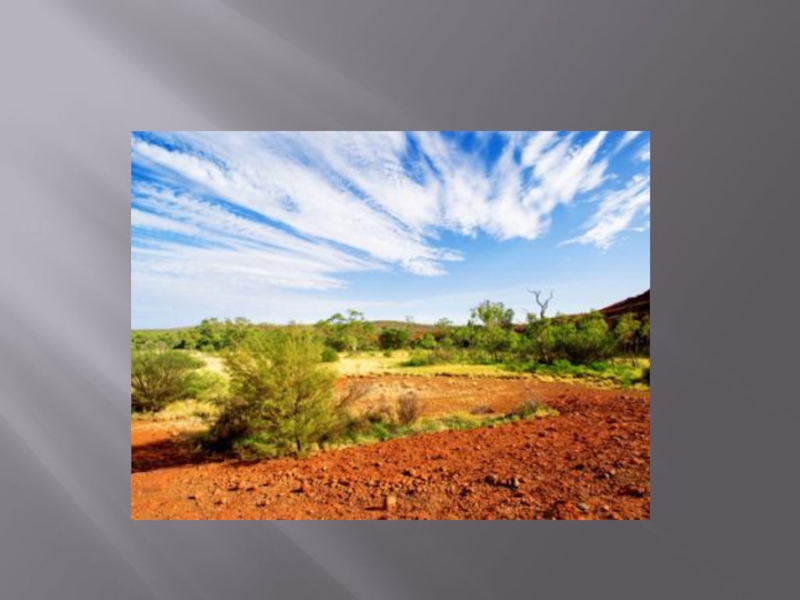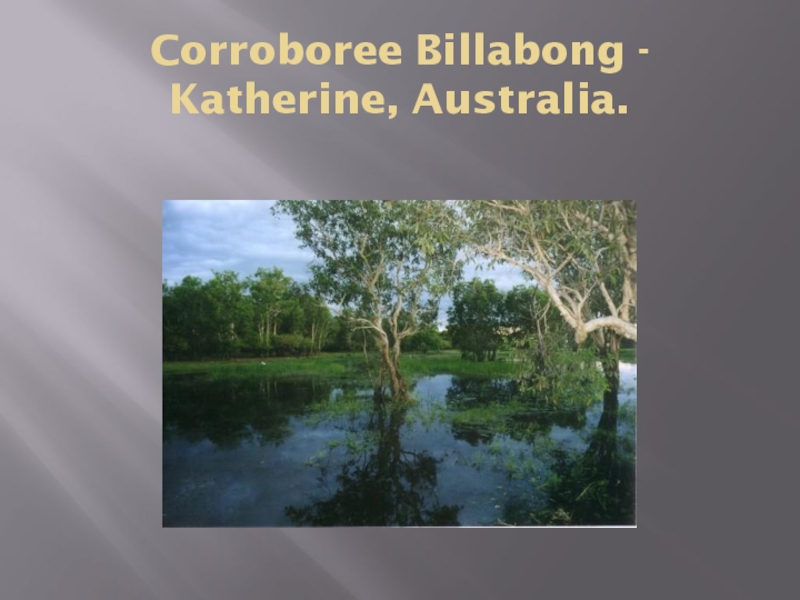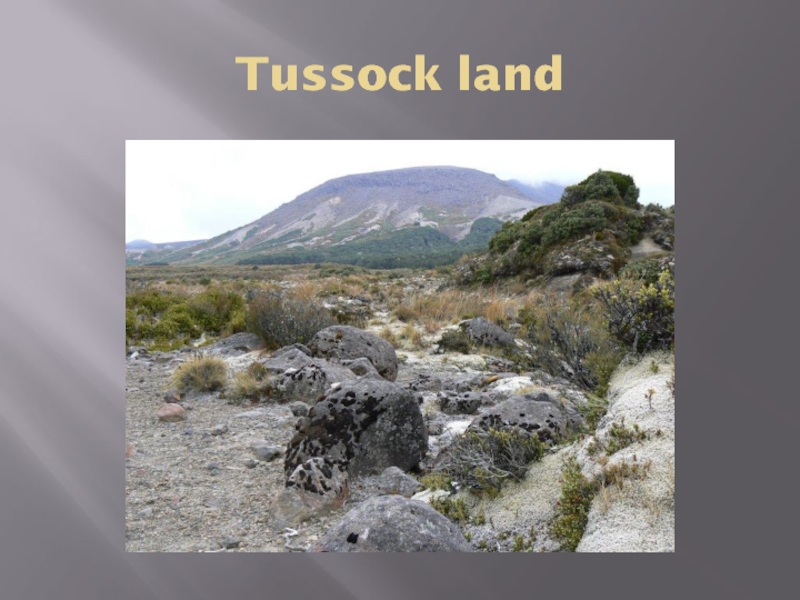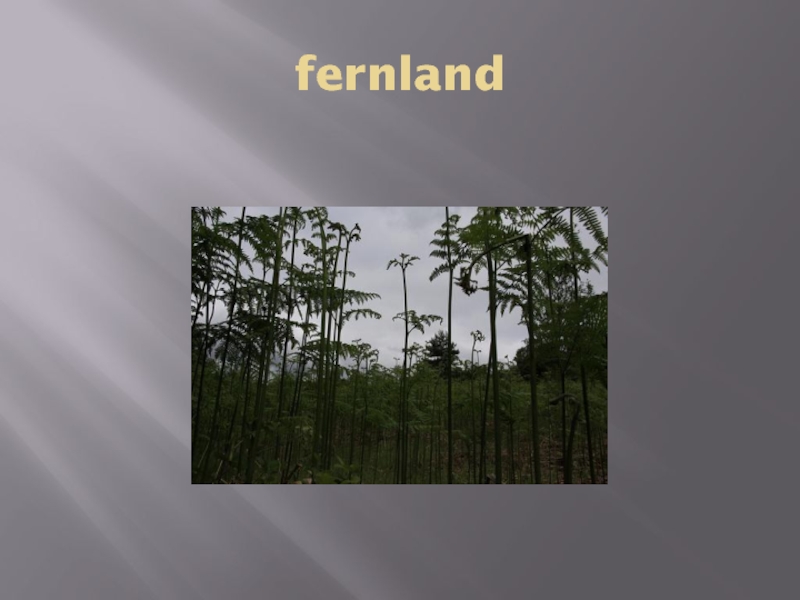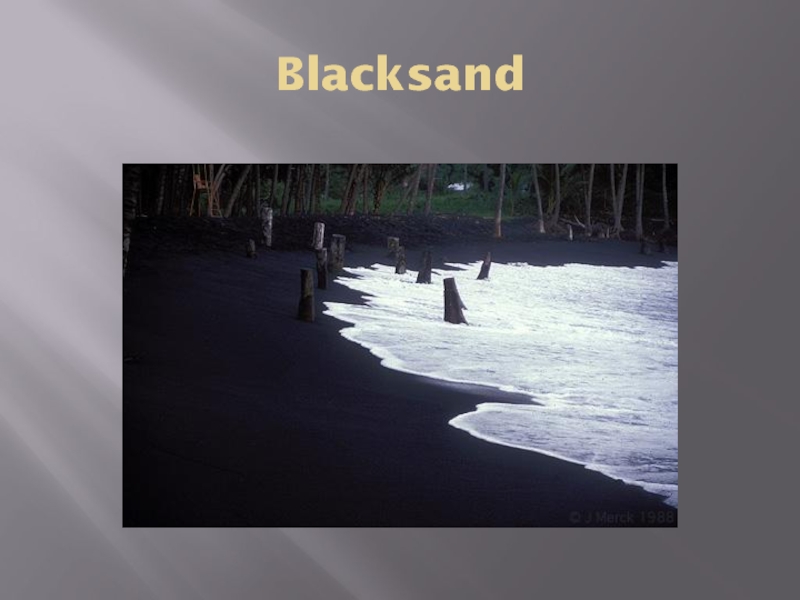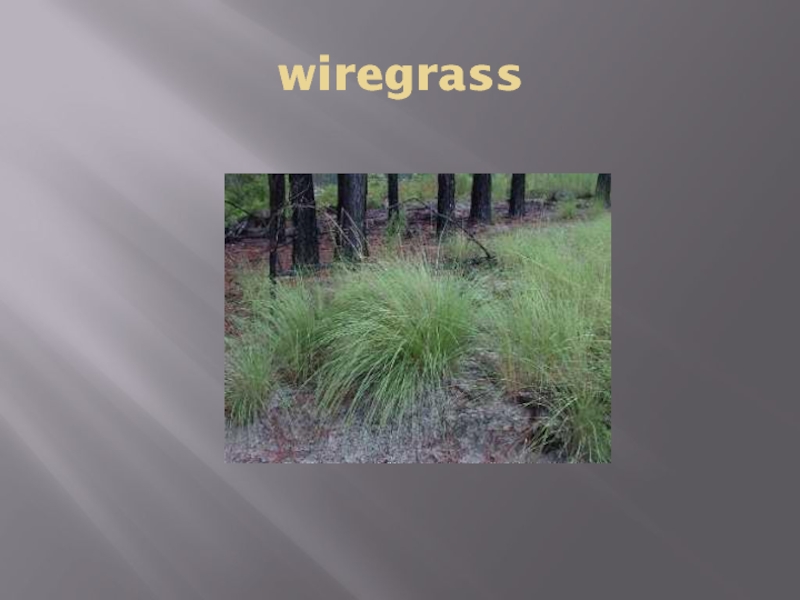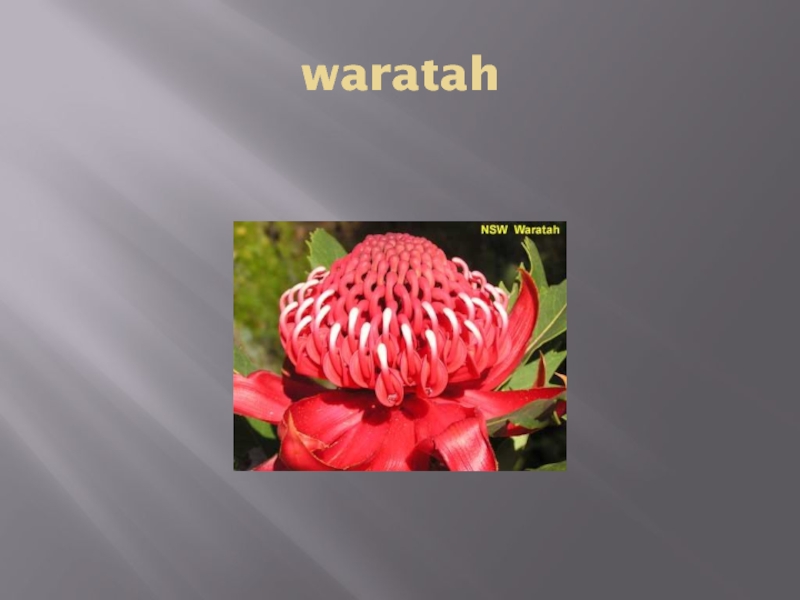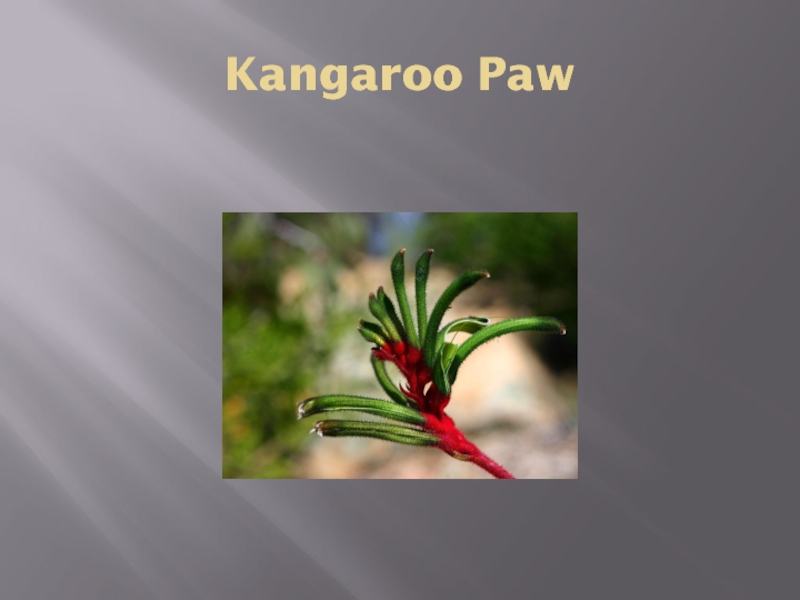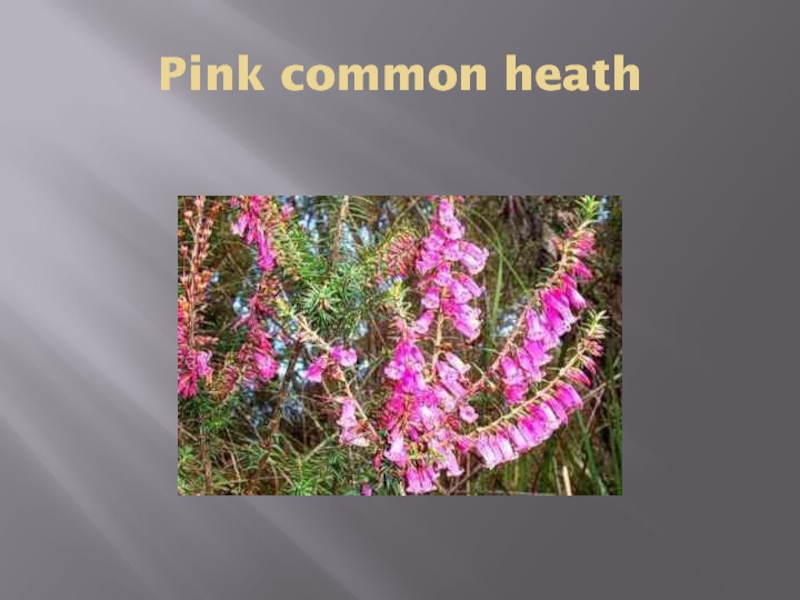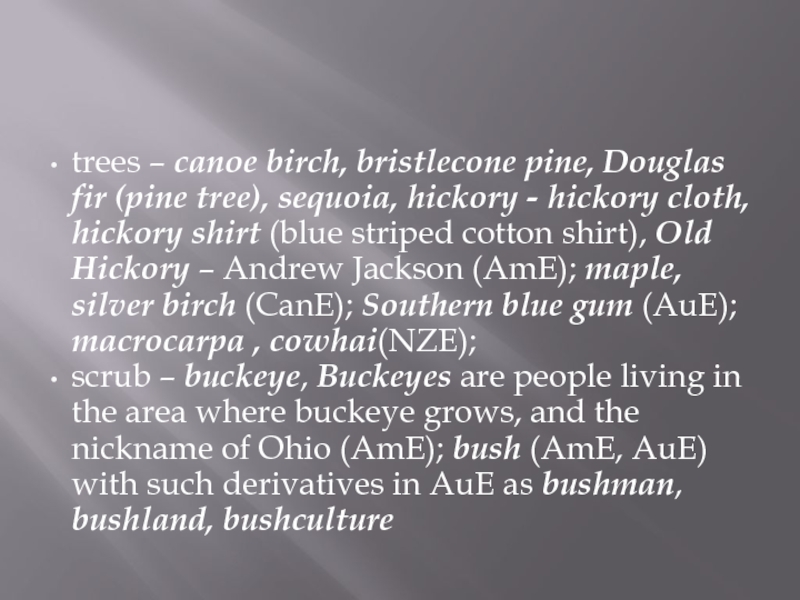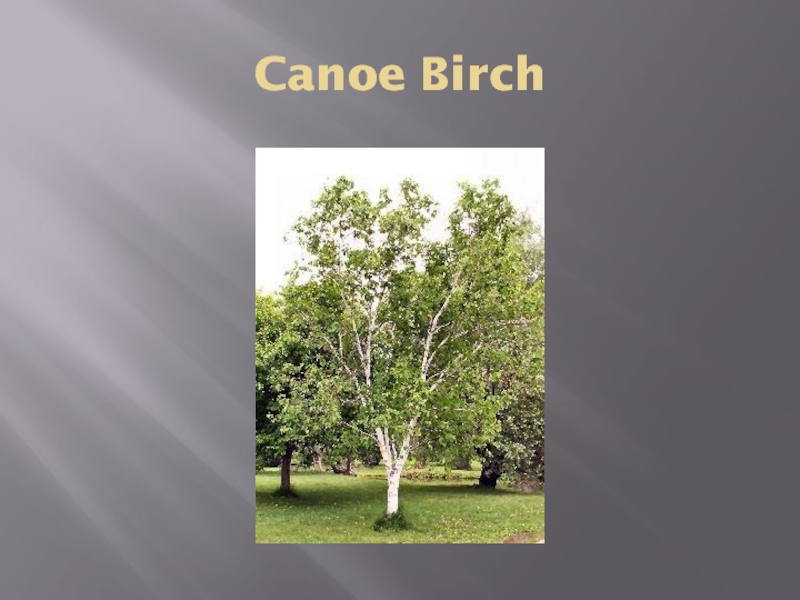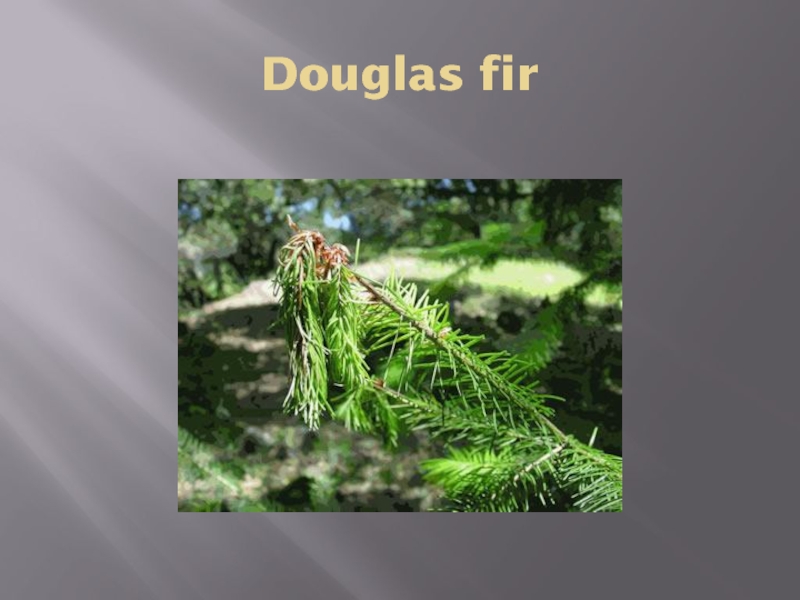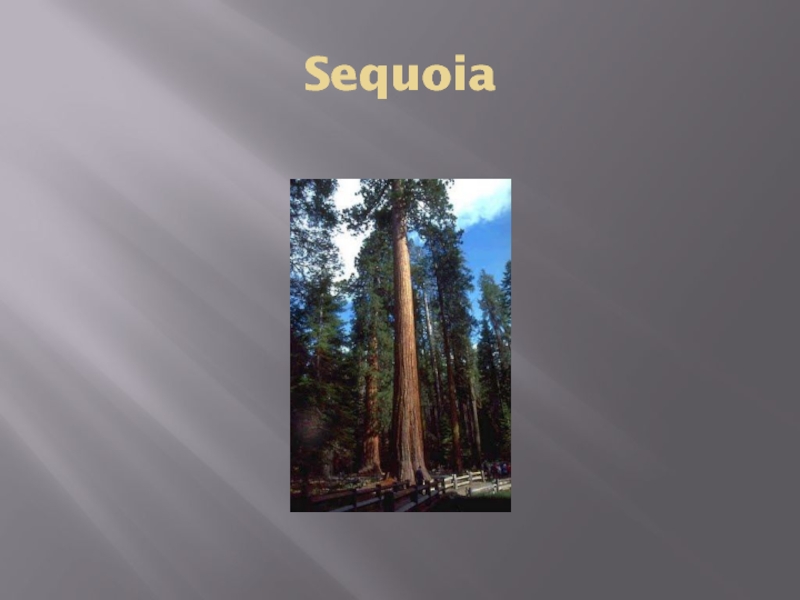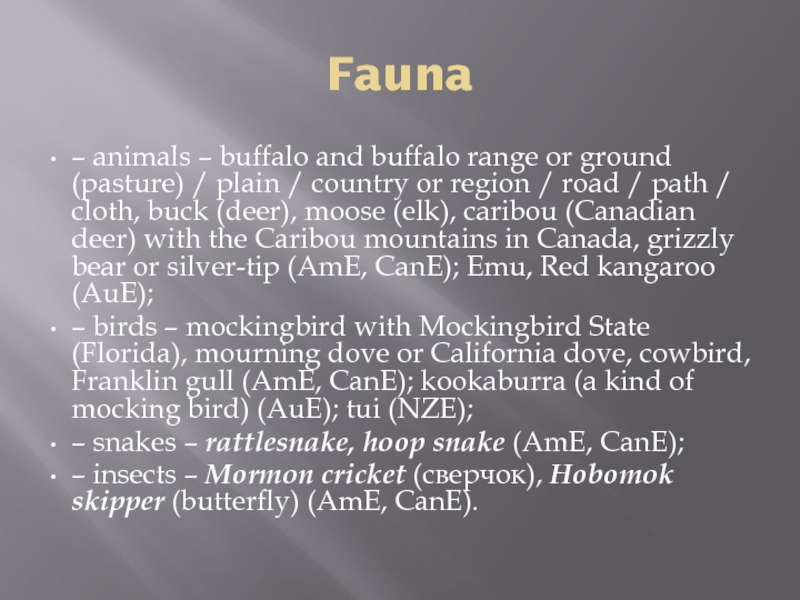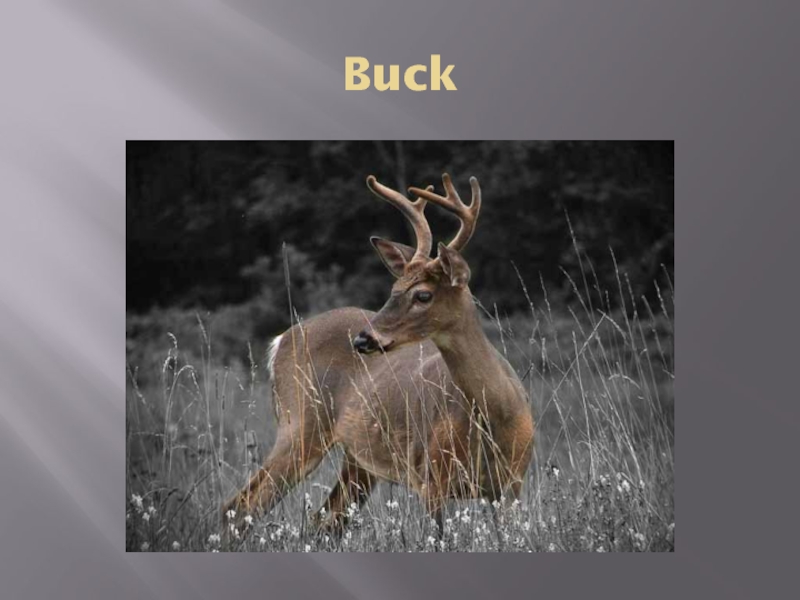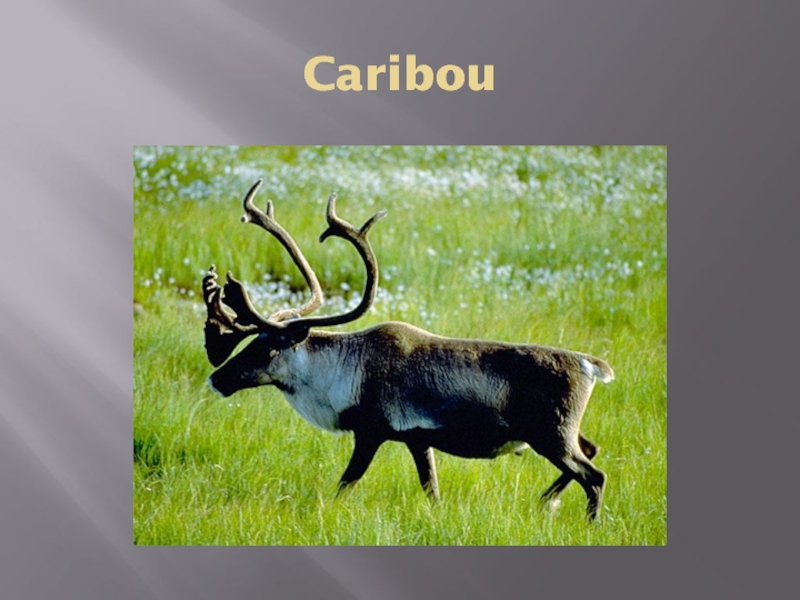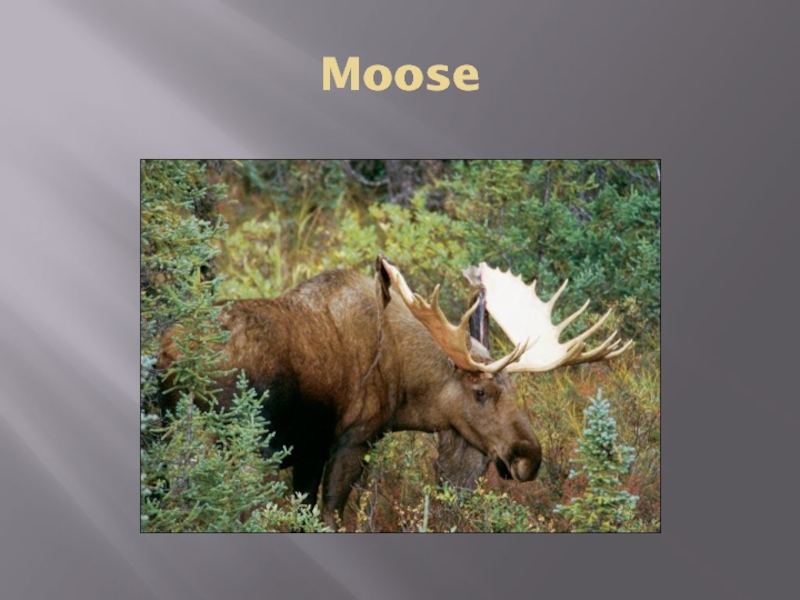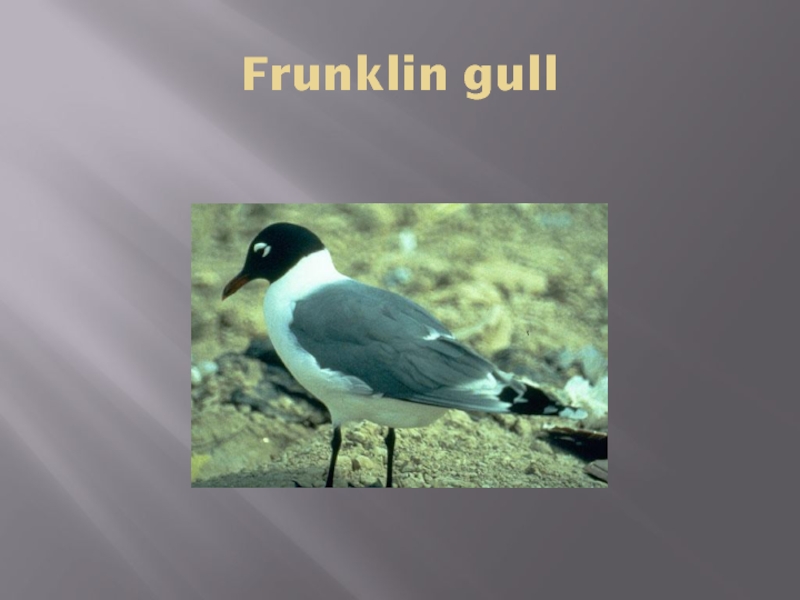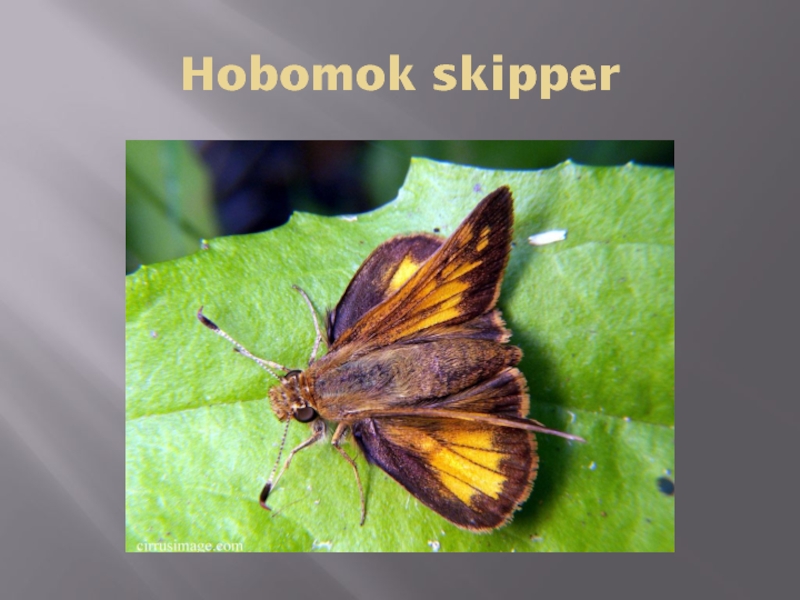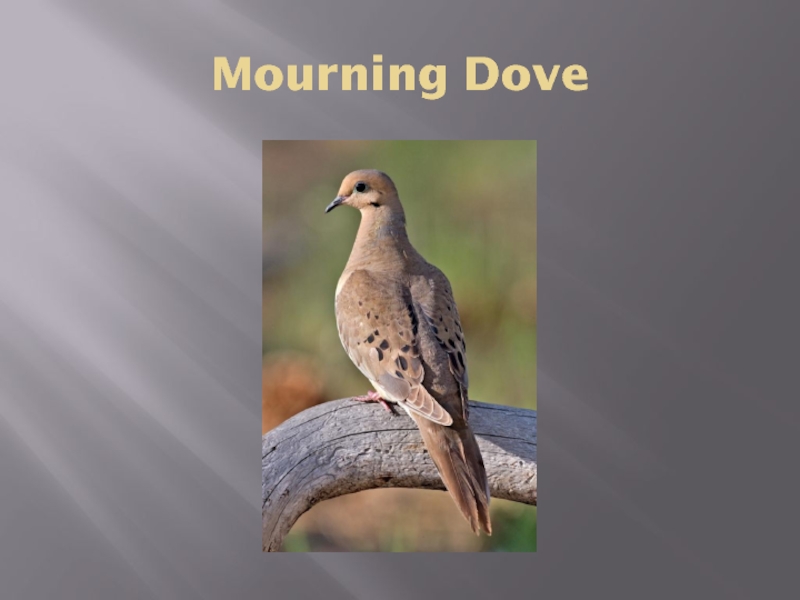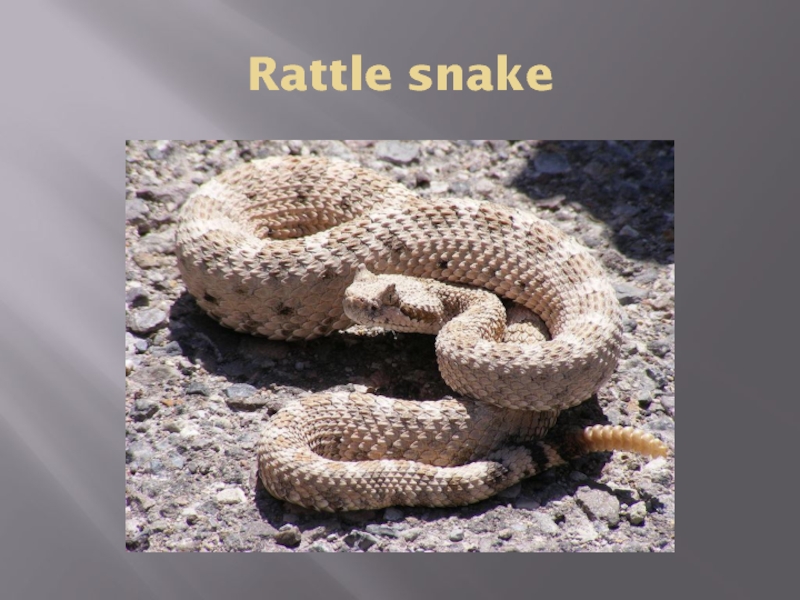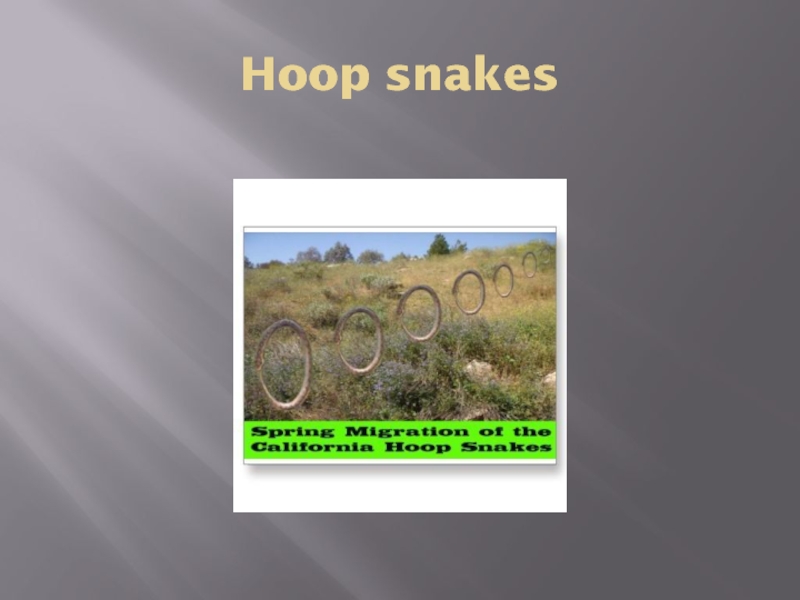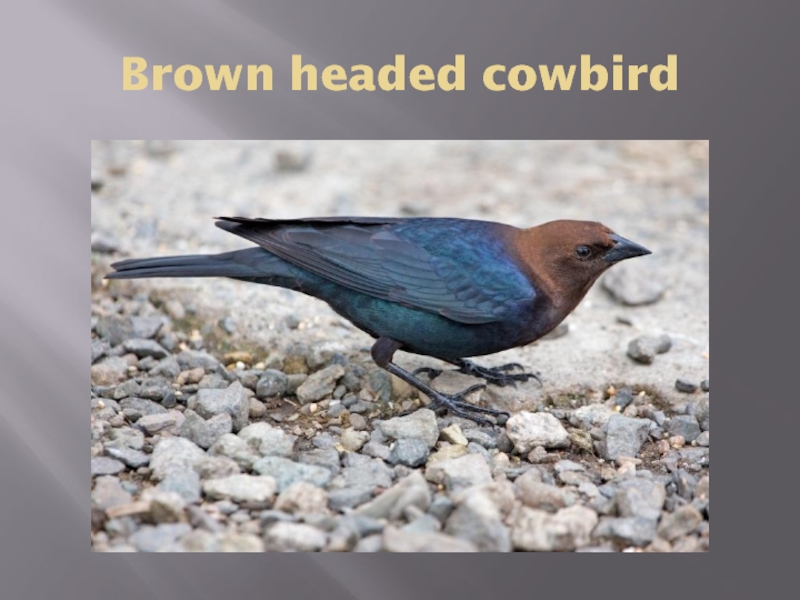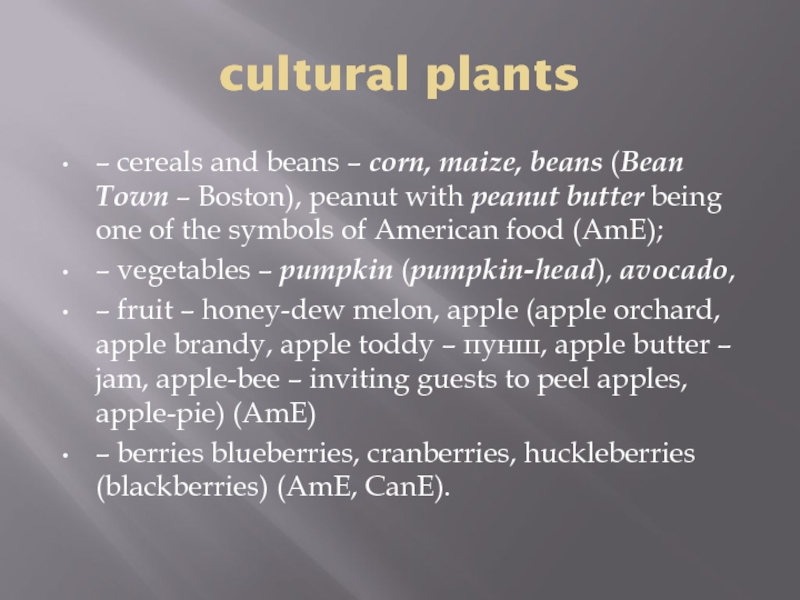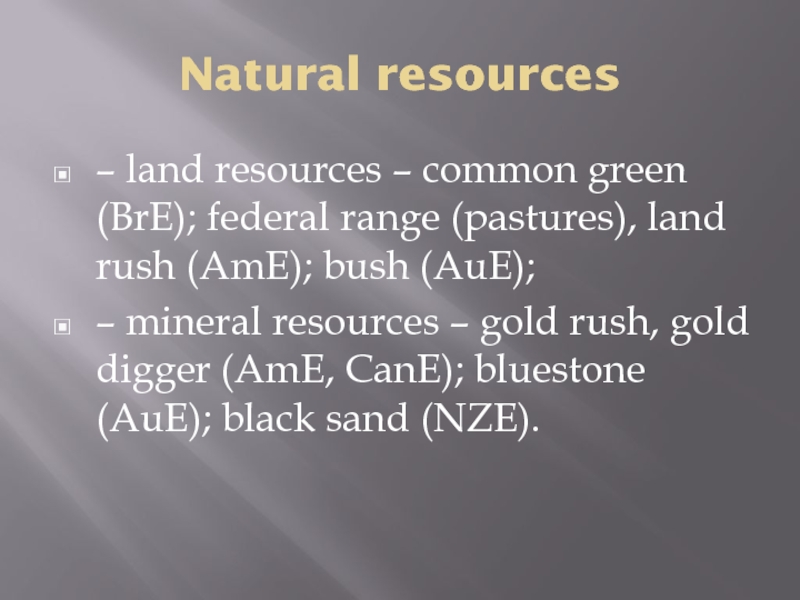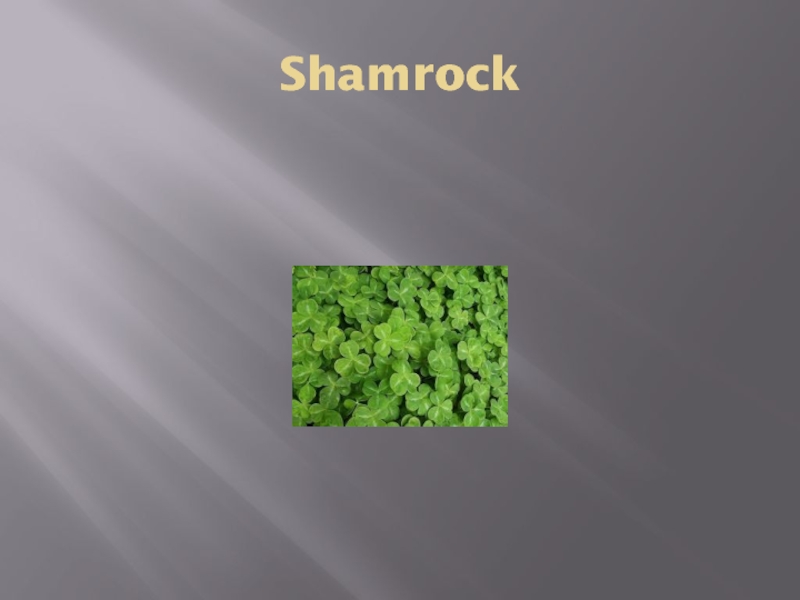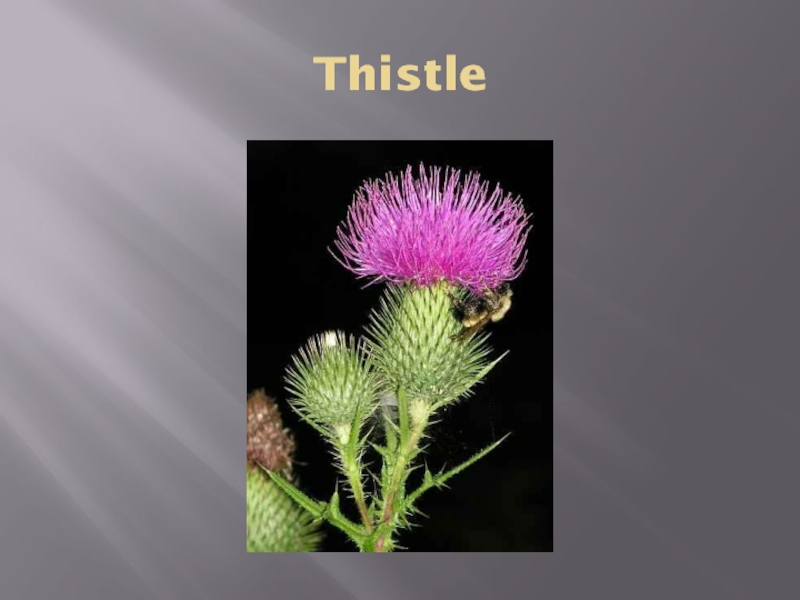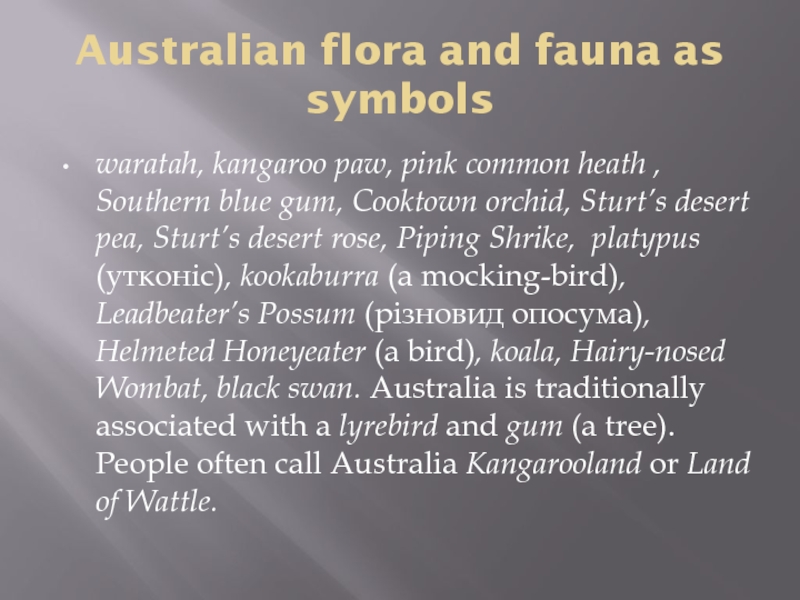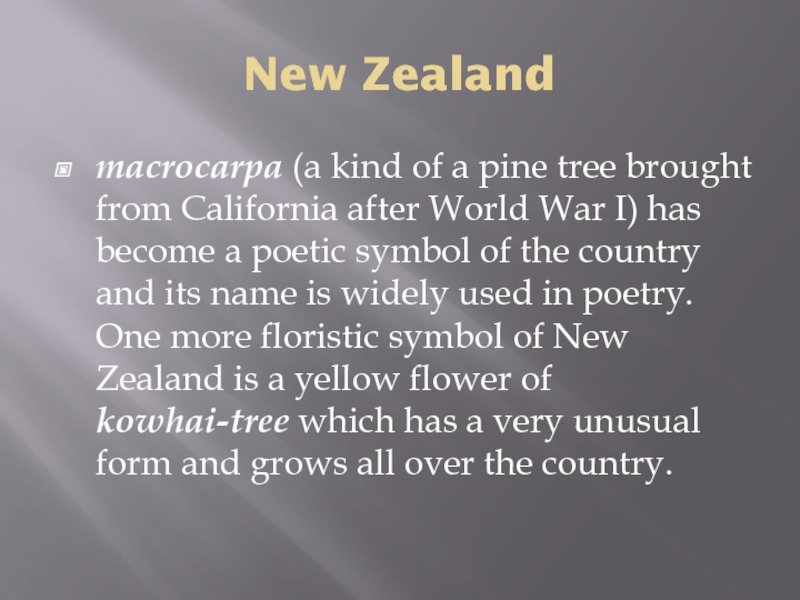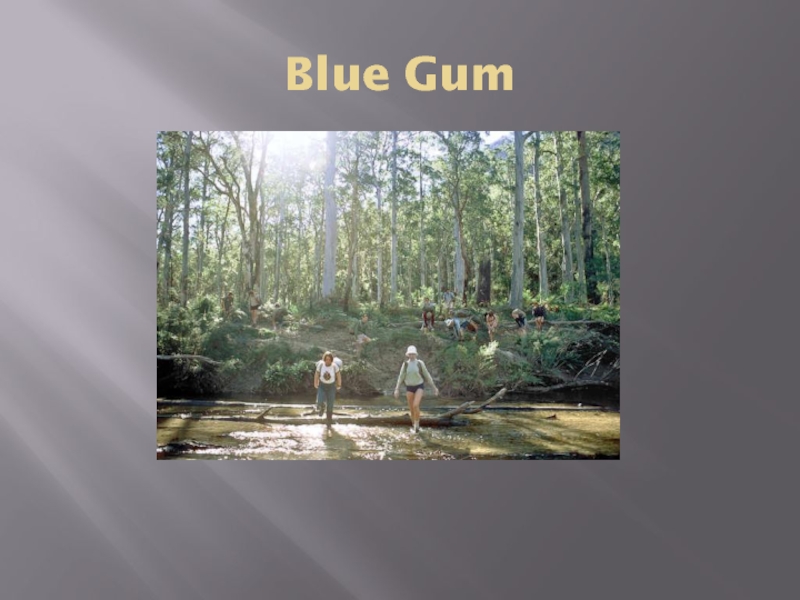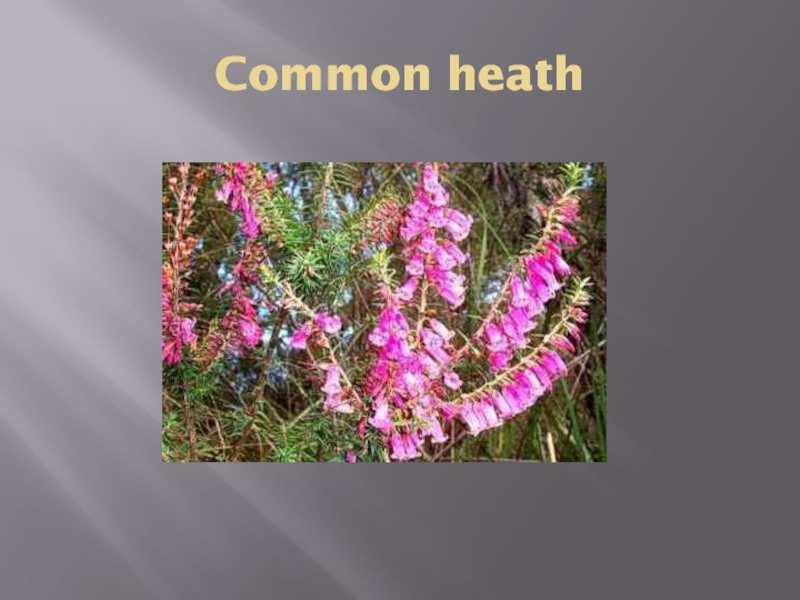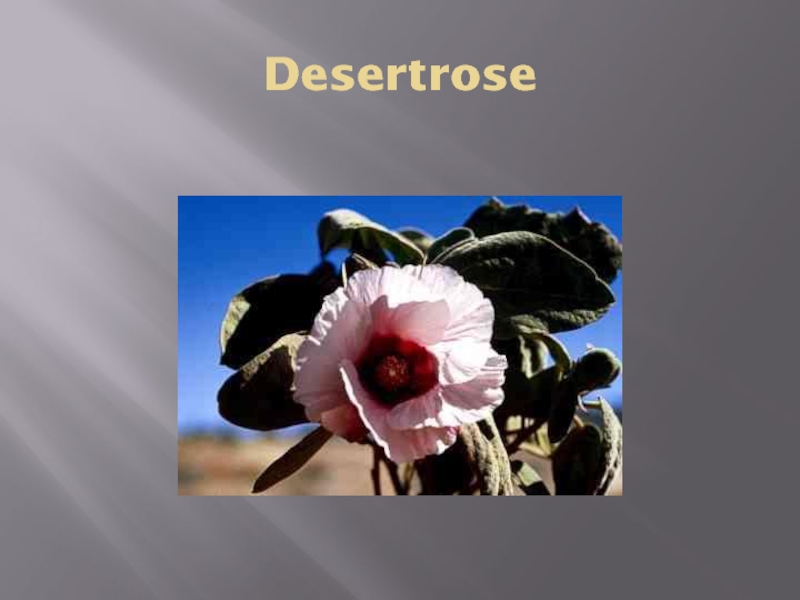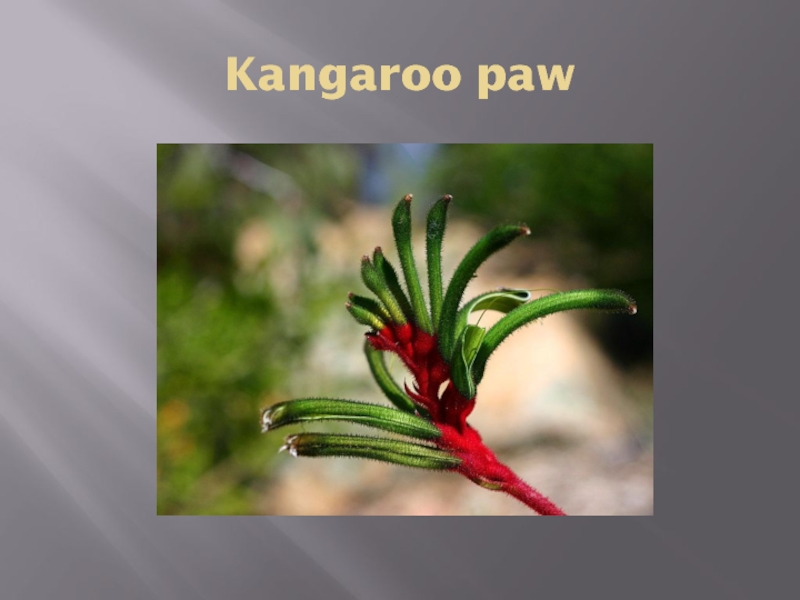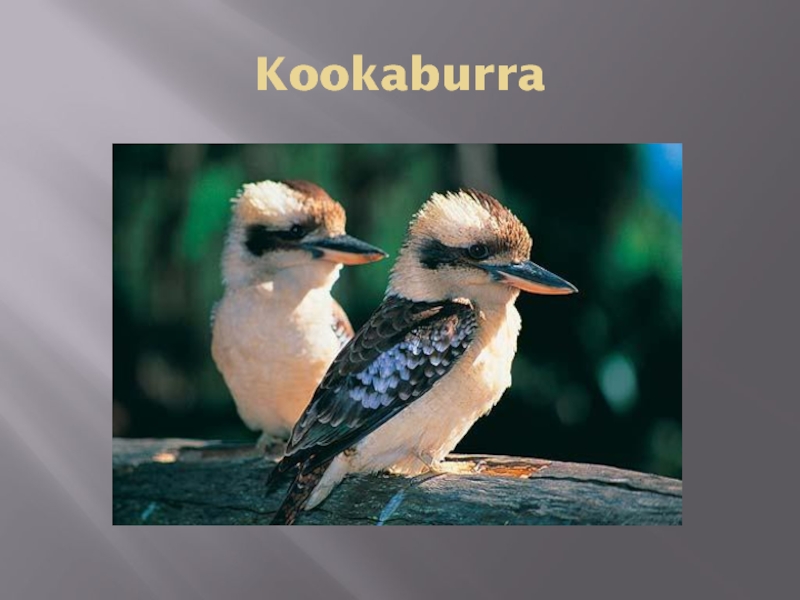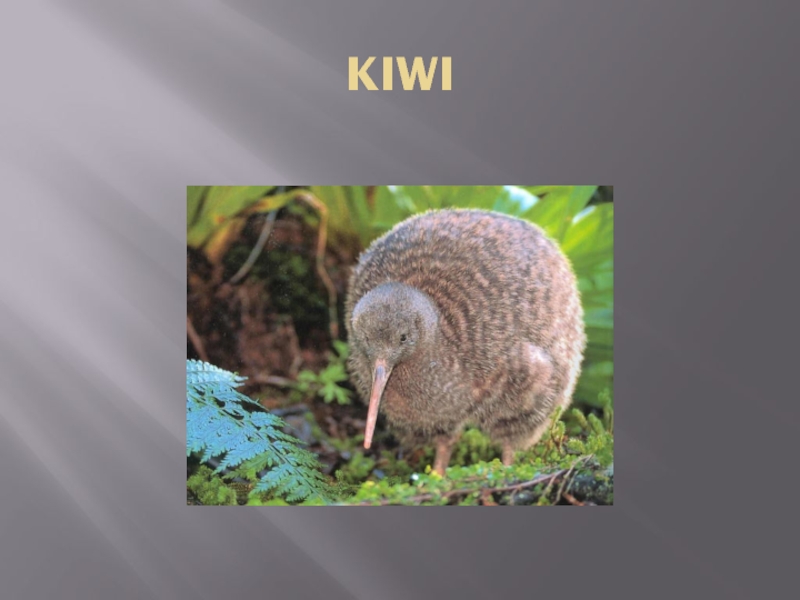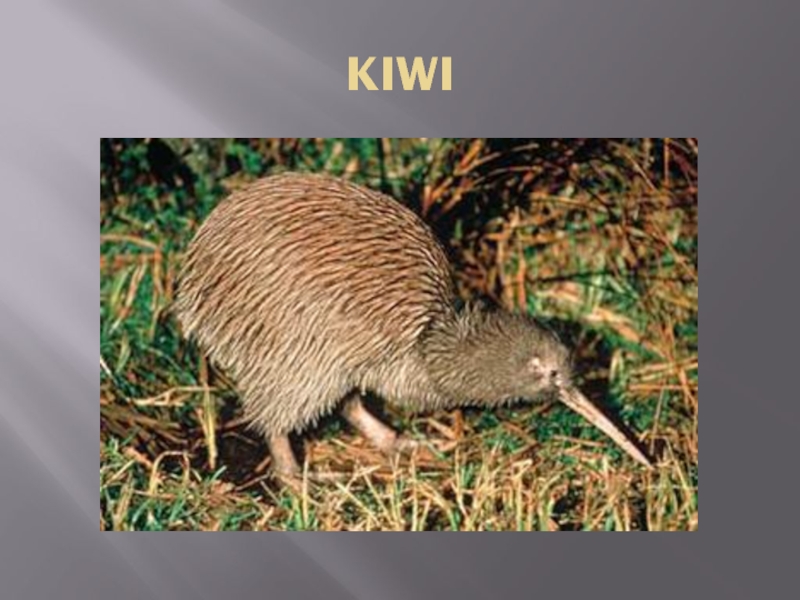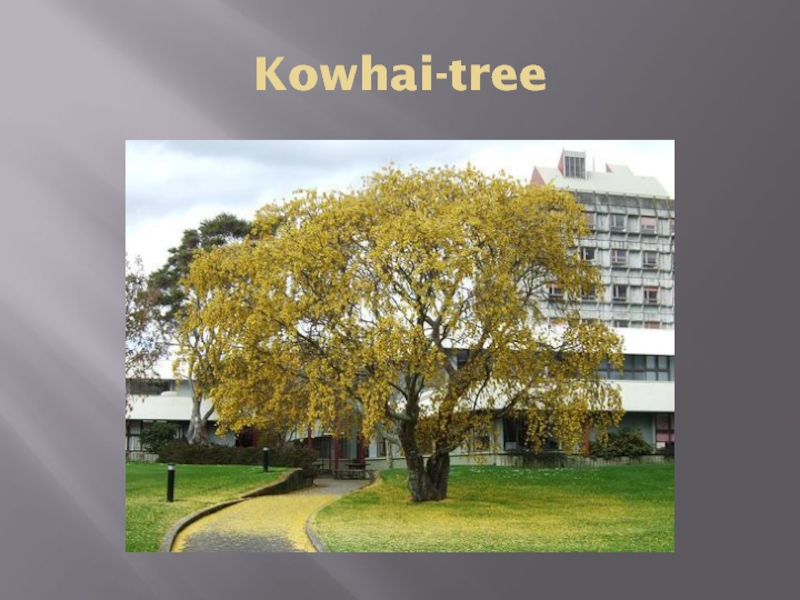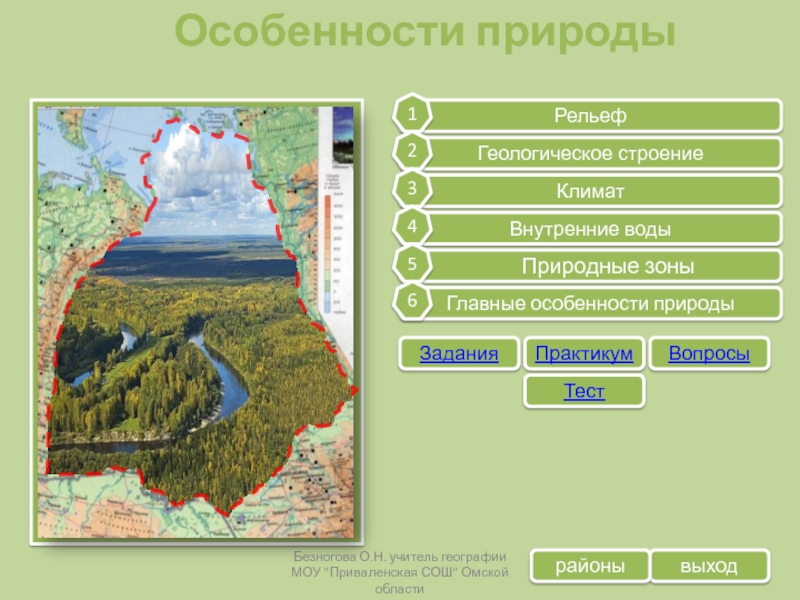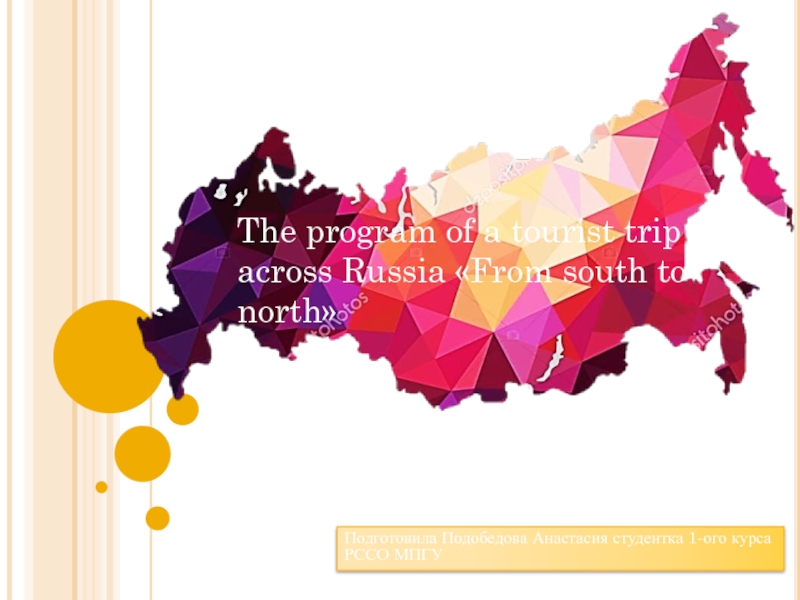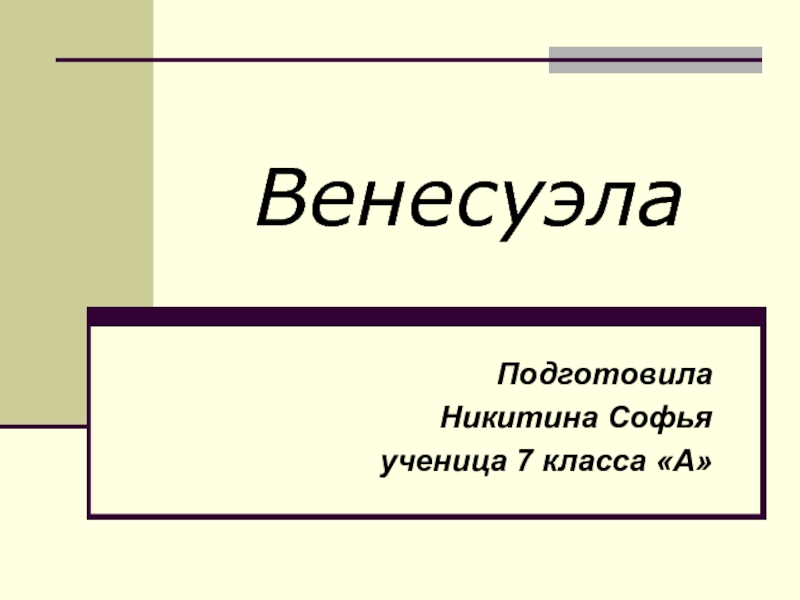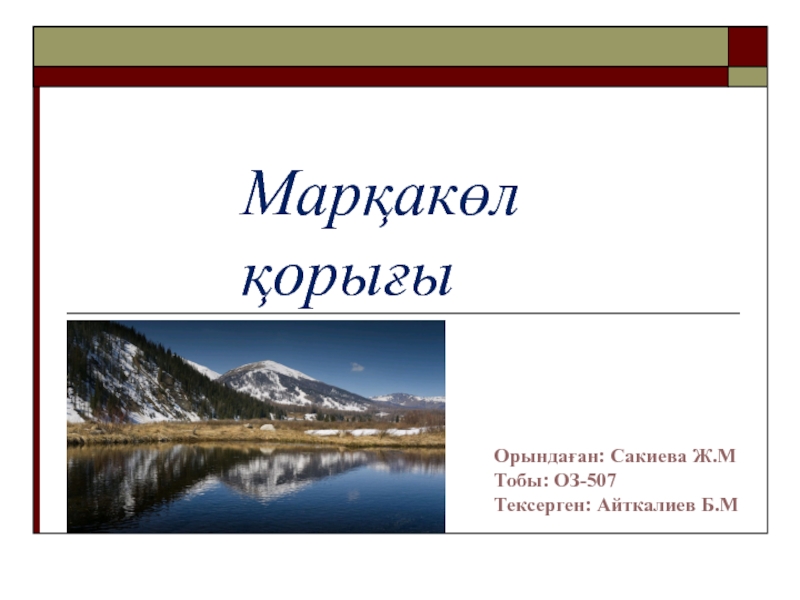- Главная
- Разное
- Дизайн
- Бизнес и предпринимательство
- Аналитика
- Образование
- Развлечения
- Красота и здоровье
- Финансы
- Государство
- Путешествия
- Спорт
- Недвижимость
- Армия
- Графика
- Культурология
- Еда и кулинария
- Лингвистика
- Английский язык
- Астрономия
- Алгебра
- Биология
- География
- Детские презентации
- Информатика
- История
- Литература
- Маркетинг
- Математика
- Медицина
- Менеджмент
- Музыка
- МХК
- Немецкий язык
- ОБЖ
- Обществознание
- Окружающий мир
- Педагогика
- Русский язык
- Технология
- Физика
- Философия
- Химия
- Шаблоны, картинки для презентаций
- Экология
- Экономика
- Юриспруденция
Vocabulary Denoting Geographical and Natural Phenomena презентация
Содержание
- 1. Vocabulary Denoting Geographical and Natural Phenomena
- 2. Geographical and natural phenomena are divided into
- 3. the relief of the British Isles
- 4. Heath
- 5. Monsal Dale, the Warren, Derbyshire, England.
- 6. The Fens
- 7. Ilkley Moor, North Yorkshire, England.
- 8. Loch Ness
- 9. White cliffs, Dover, England
- 10. the USA and Canada canyon (deep
- 11. Grand Canyon at sunset
- 12. Prairie
- 13. Muskeg in Alaska
- 14. Crevasse
- 15. Red Rock Butte in Monument Valley, Arizona
- 16. Cache
- 17. Webster's 1913 dictionary defines cache as: "a
- 18. Australian and New Zealand relief bush
- 19. Australian Bush
- 20. Australian Mangrove creek
- 21. A bore drain
- 24. Australian scrub
- 25. Australian Outback
- 27. Corroboree Billabong - Katherine, Australia.
- 28. Namma hole
- 29. Bluestone
- 30. New Zealand tussock land (evergreen pastures),
- 31. Tussock land
- 32. fernland
- 33. Blacksand
- 34. the names of plants with specific cultural
- 35. bluegrass
- 36. wiregrass
- 37. waratah
- 38. Kangaroo Paw
- 39. Pink common heath
- 40. trees – canoe birch, bristlecone pine,
- 41. Canoe Birch
- 42. Bristlecone pine
- 43. Douglas fir
- 44. Hickory
- 45. Sequoia
- 46. Silver birch
- 47. Buckeye
- 48. Fauna – animals – buffalo and buffalo
- 49. Buffalo
- 50. Buck
- 51. Caribou
- 52. Moose
- 53. Grizzly
- 54. Frunklin gull
- 55. Hobomok skipper
- 56. Mourning Dove
- 57. Mocking bird
- 58. Rattle snake
- 59. Hoop snakes
- 60. Brown headed cowbird
- 61. cultural plants – cereals and beans
- 62. Natural resources – land resources –
- 63. Great Britain Rose - a national emblem
- 64. Shamrock
- 65. Thistle
- 66. In the USA Sagebrush (полинь) is used
- 67. Canada has the maple and the beaver
- 68. Australian flora and fauna as symbols
- 69. New Zealand macrocarpa (a kind of
- 70. Blue Gum
- 71. Common heath
- 72. Desertrose
- 73. Platypus
- 74. Helmeted honeyeater
- 75. Kangaroo paw
- 76. Kookaburra
- 77. Lyrebird
- 78. Cooktown orchid
- 79. Sturt's desert pea
- 80. Hairy nosed wombat
- 81. KIWI
- 82. KIWI
- 83. Kowhai-tree
- 84. Kowhai tree
- 85. Macrocarpa
Слайд 1Vocabulary Denoting Geographical and Natural Phenomena
Lecture 5
Classification of geographical and
Geographical phenomena as symbols
Слайд 2Geographical and natural phenomena
are divided into items denoting: the relief, flora,
A special place is occupied by words which serve as symbols of a definite culture.
Слайд 3the relief of the British Isles
heath (area of flat
dale (valley, esp. in Northern England),
fen country (marshy land in the east of England),
moor (marshy land),
loch (Sc. lake),
white cliffs (chalk cliffs).
Слайд 10the USA and Canada
canyon (deep narrow steep-sided valley usually with
prairie (wide area of level grass land),
muskeg, cree (marshy land).
Among those more typical of Canada are crevasse (deep open crack in the ice),
butte (steep hill in the middle of the valley),
cache (place for hiding food, treasure or weapons).
Слайд 17Webster's 1913 dictionary defines cache as: "a hole in the ground,
The explorer cached important items (food and gunpowder) for his return trip. The trader could store some of his trade goods for later retrieval. The trapper needed a place to hide his beaver pelts until he was ready to transport them to the markets back east.
A successful cache had to be built in secrecy, in a safe location, and with the utmost care to avoid leaving evidence. Some caches did not succeed. One of the most common reasons was flooding. In the early 1800's only rivers provided main travel routes. Caches built on or near riverbanks were sometimes ruined by rising waters. Some caches were lost to thieves if they were not well guarded during construction or if evidence was carelessly left behind. There may still be some caches out there today waiting to be rediscovered if the original owners hid them so well they couldn't find them again!
Слайд 18Australian and New Zealand relief
bush (wild uncultivated area),
creek (a river
Australia only: bore drain (natural well), scrub (land covered with undeveloped trees or shrubs), out-back (remote inland area where few people live), soak (a hole in the ground where water gathers after the rain), ground fire (kind of forest fire), billabong (a gulf at the mouth of the river), namma hole (a deep hollow in the ground or the rock where the water is found), bluestone (a stone from which many houses in Australia are built),
Слайд 30New Zealand
tussock land (evergreen pastures),
fern land (the land on which
black sand (the sand with the high percentage of iron ore on the western coast of New Zealand).
Слайд 34the names of plants with specific cultural connotation
wild grass and wild
Слайд 40
trees – canoe birch, bristlecone pine, Douglas fir (pine tree), sequoia,
scrub – buckeye, Buckeyes are people living in the area where buckeye grows, and the nickname of Ohio (AmE); bush (AmE, AuE) with such derivatives in AuE as bushman, bushland, bushculture
Слайд 48Fauna
– animals – buffalo and buffalo range or ground (pasture) /
– birds – mockingbird with Mockingbird State (Florida), mourning dove or California dove, cowbird, Franklin gull (AmE, CanE); kookaburra (a kind of mocking bird) (AuE); tui (NZE);
– snakes – rattlesnake, hoop snake (AmE, CanE);
– insects – Mormon cricket (сверчок), Hobomok skipper (butterfly) (AmE, CanE).
Слайд 61cultural plants
– cereals and beans – corn, maize, beans (Bean
– vegetables – pumpkin (pumpkin-head), avocado,
– fruit – honey-dew melon, apple (apple orchard, apple brandy, apple toddy – пунш, apple butter – jam, apple-bee – inviting guests to peel apples, apple-pie) (AmE)
– berries blueberries, cranberries, huckleberries (blackberries) (AmE, CanE).
Слайд 62Natural resources
– land resources – common green (BrE); federal range
– mineral resources – gold rush, gold digger (AmE, CanE); bluestone (AuE); black sand (NZE).
Слайд 63Great Britain
Rose - a national emblem of England since the War
Poppy is one of the symbols of peace.
The Lions of Anjou were first used as a symbol of British monarchy by Richard the Lionheart in the 12th century.
A daffodil is one of the symbols of Wales (pinned to the clothes on St David’s Day (March, 1st) - the national day in Wales.
In Ireland shamrock is pinned to the clothes on St Patrick’s Day (March, 17th) to symbolize the Christian doctrine of Trinity.
Thistle is worn in Scotland on St Andrew’s Day (November, 30th).
